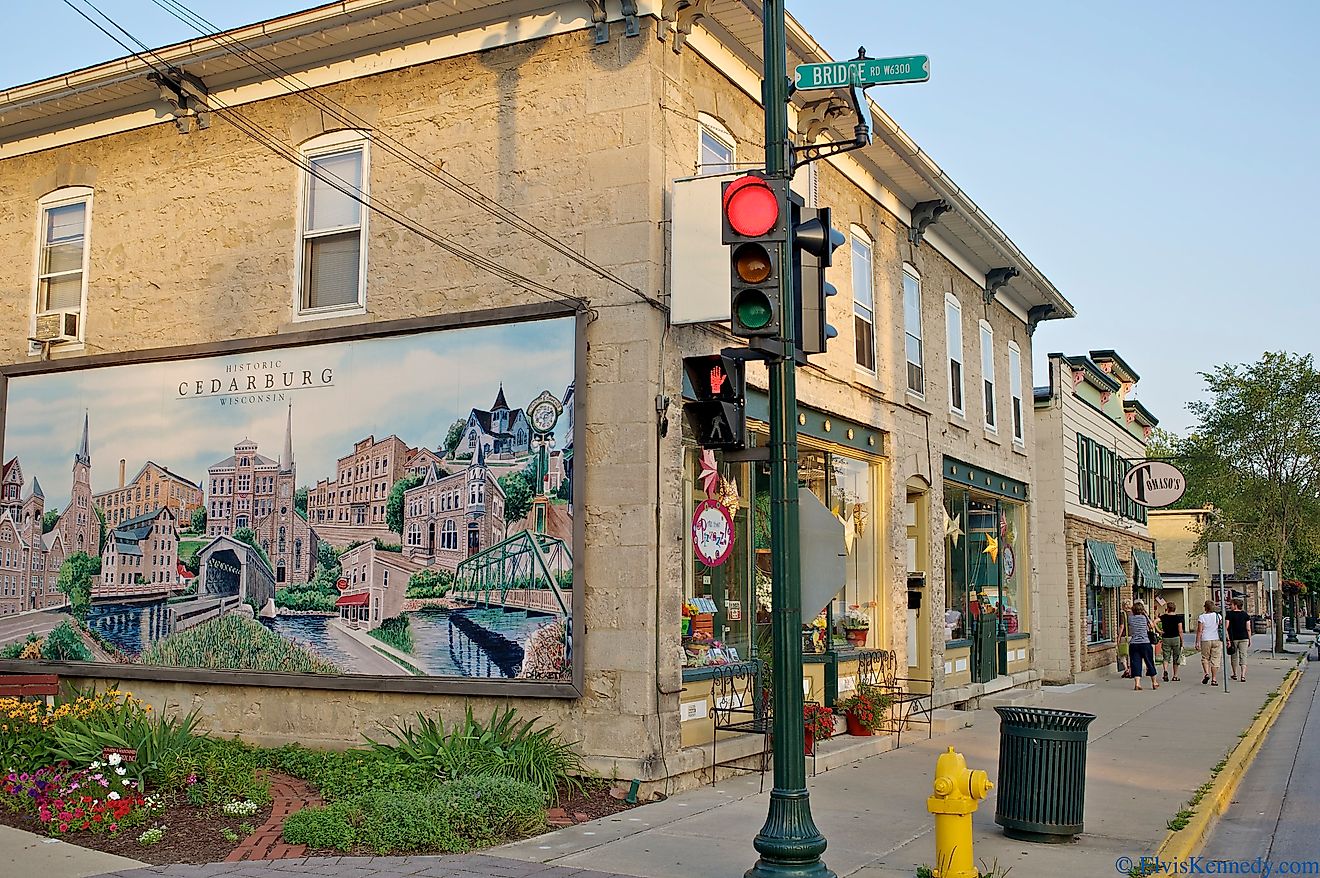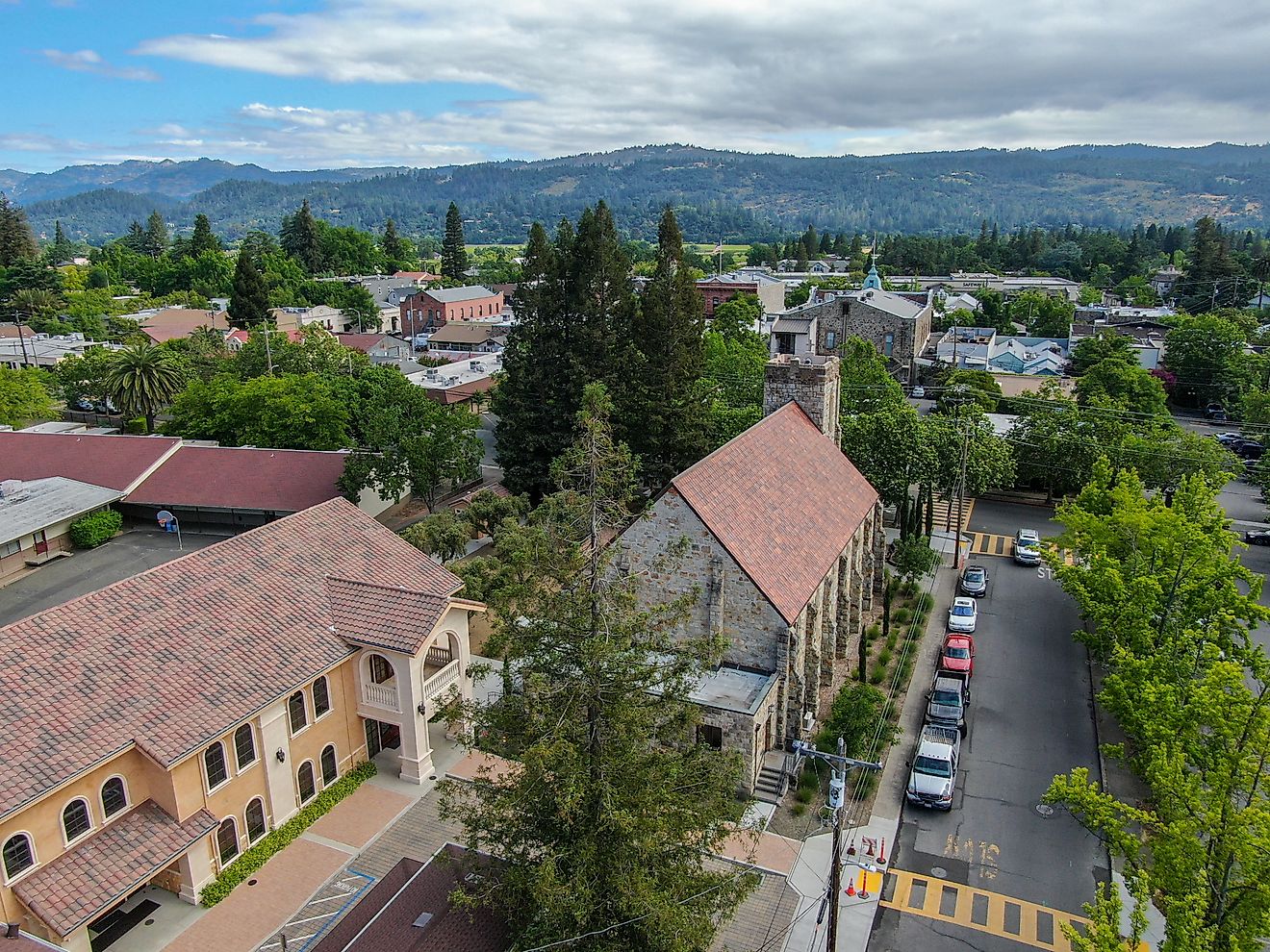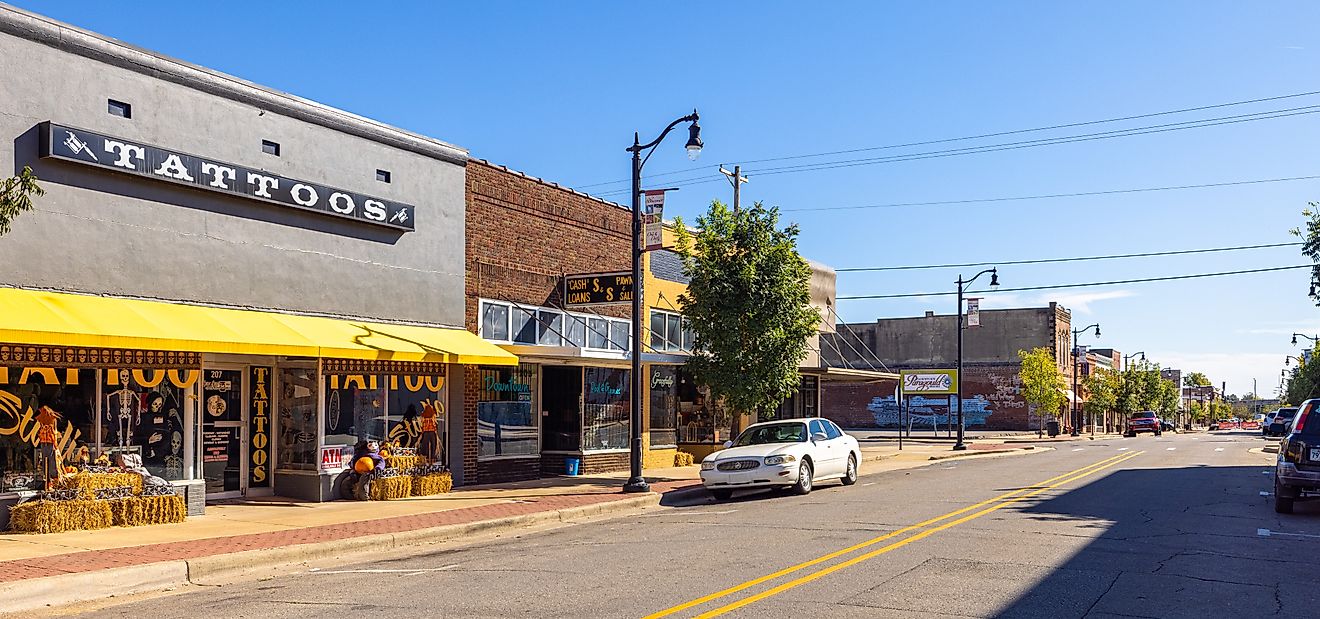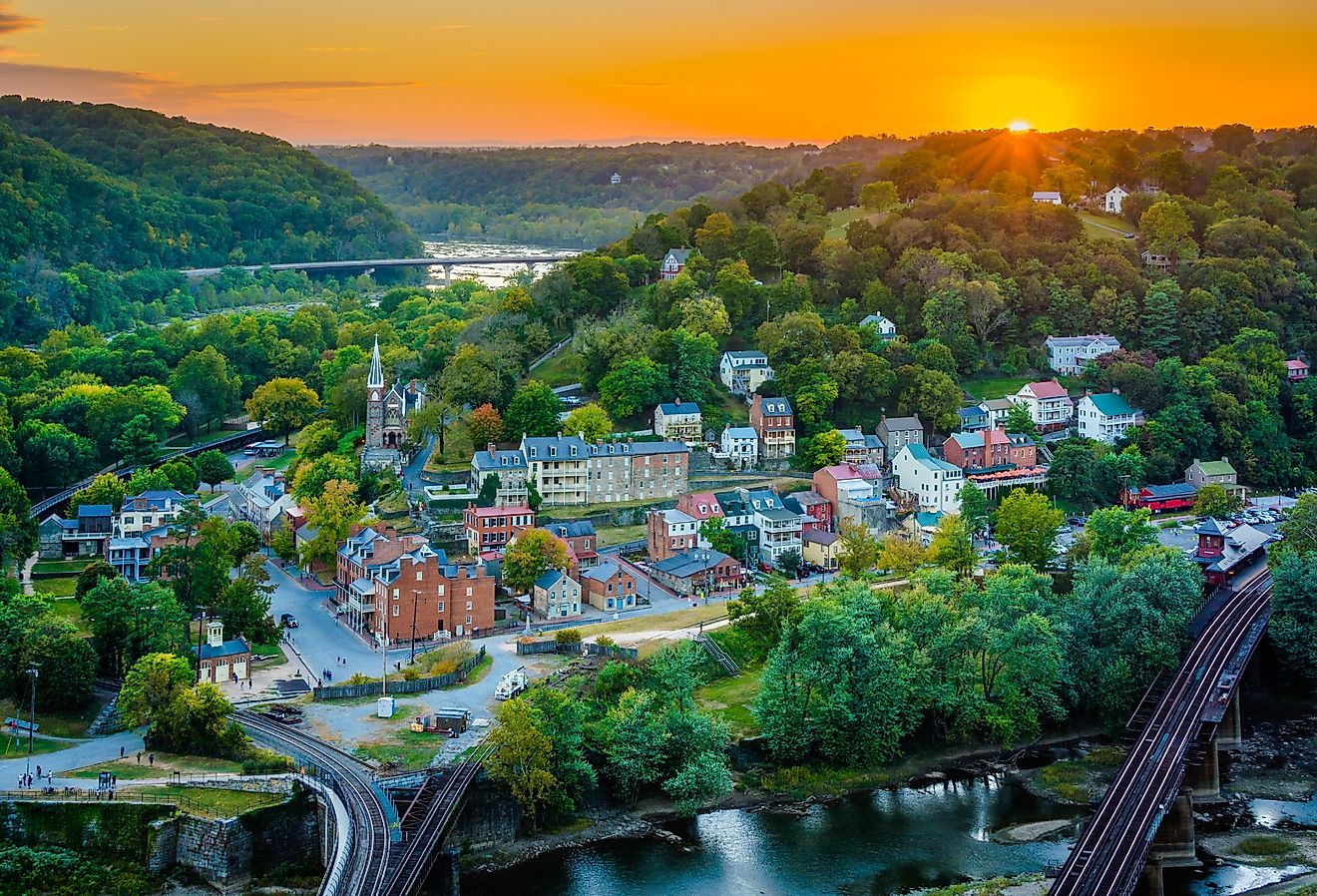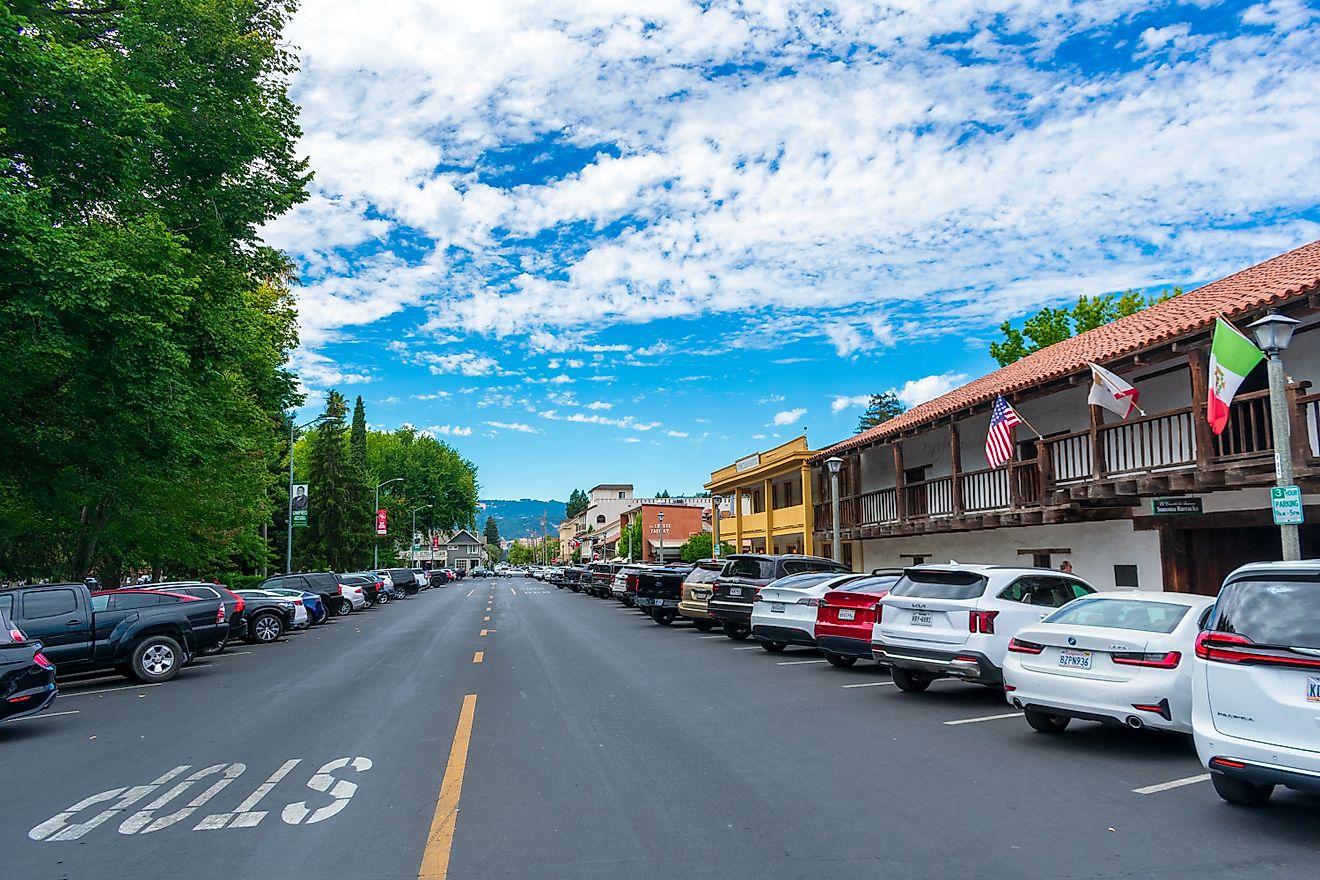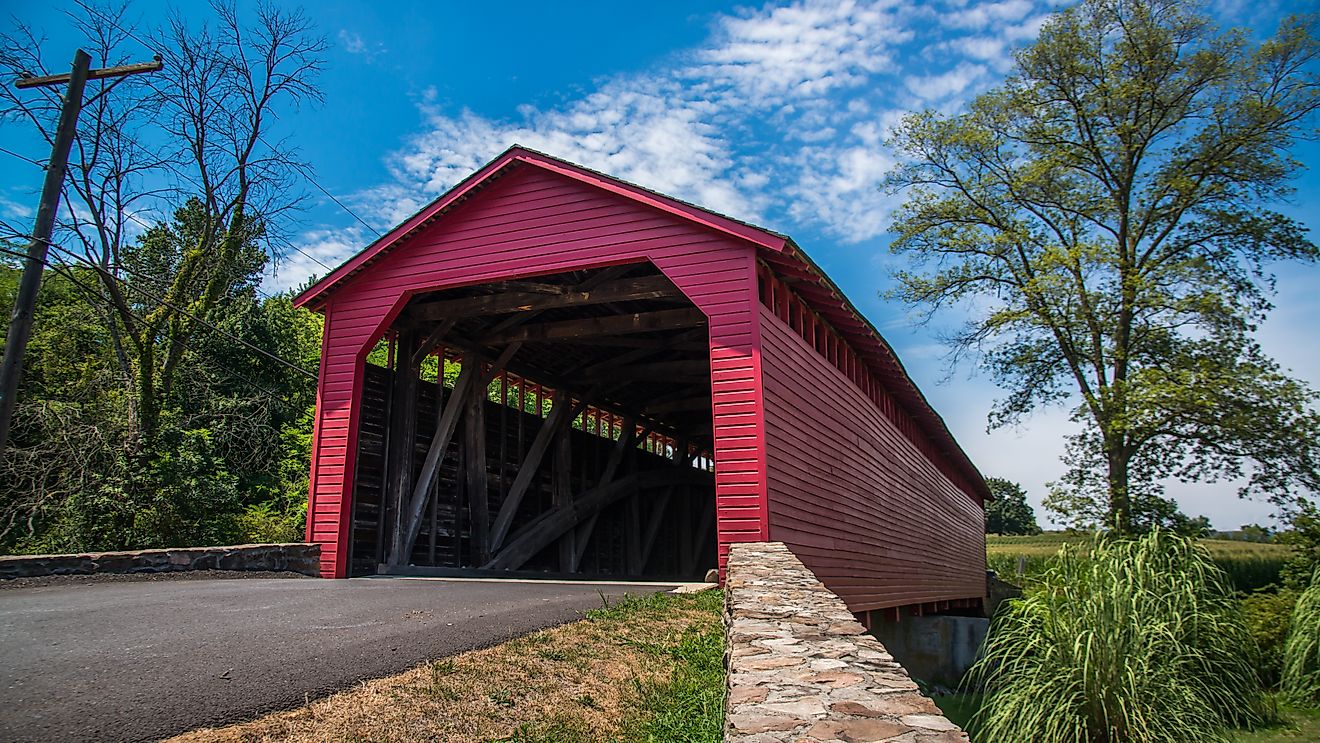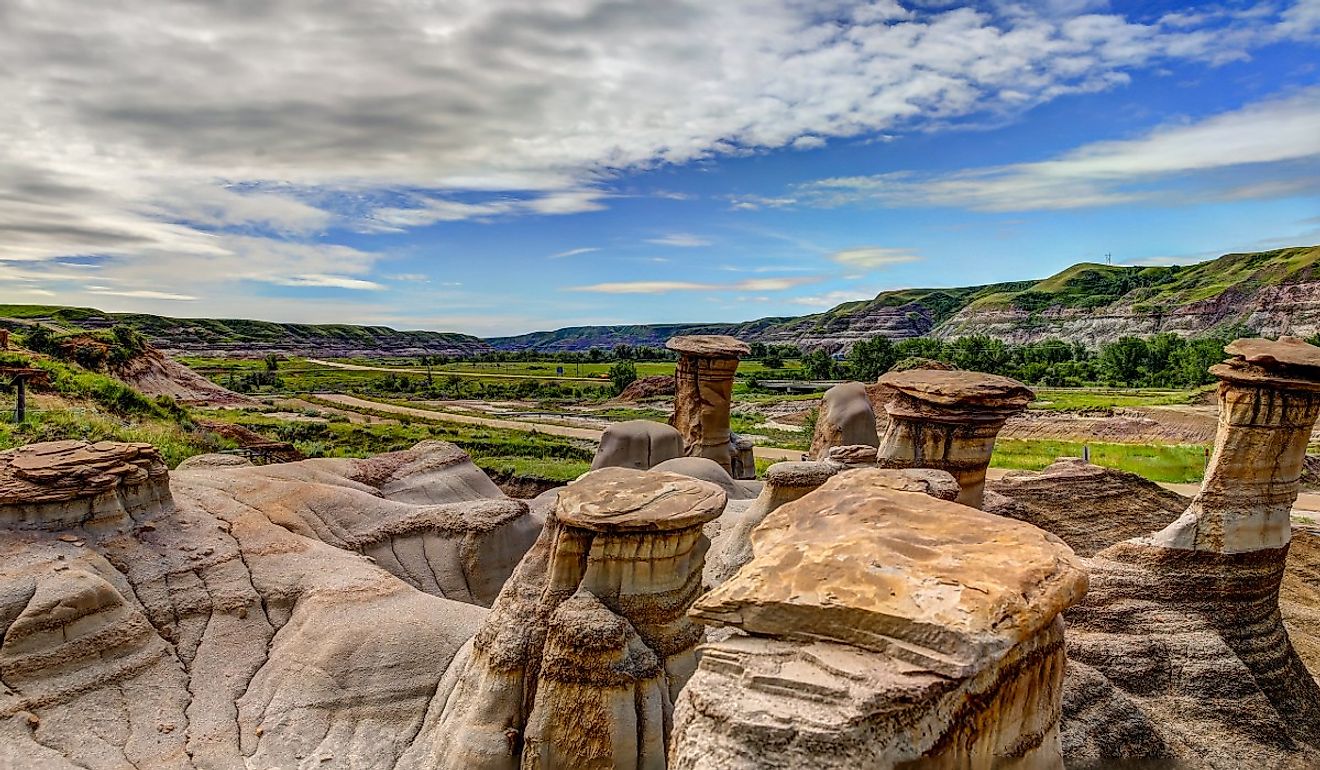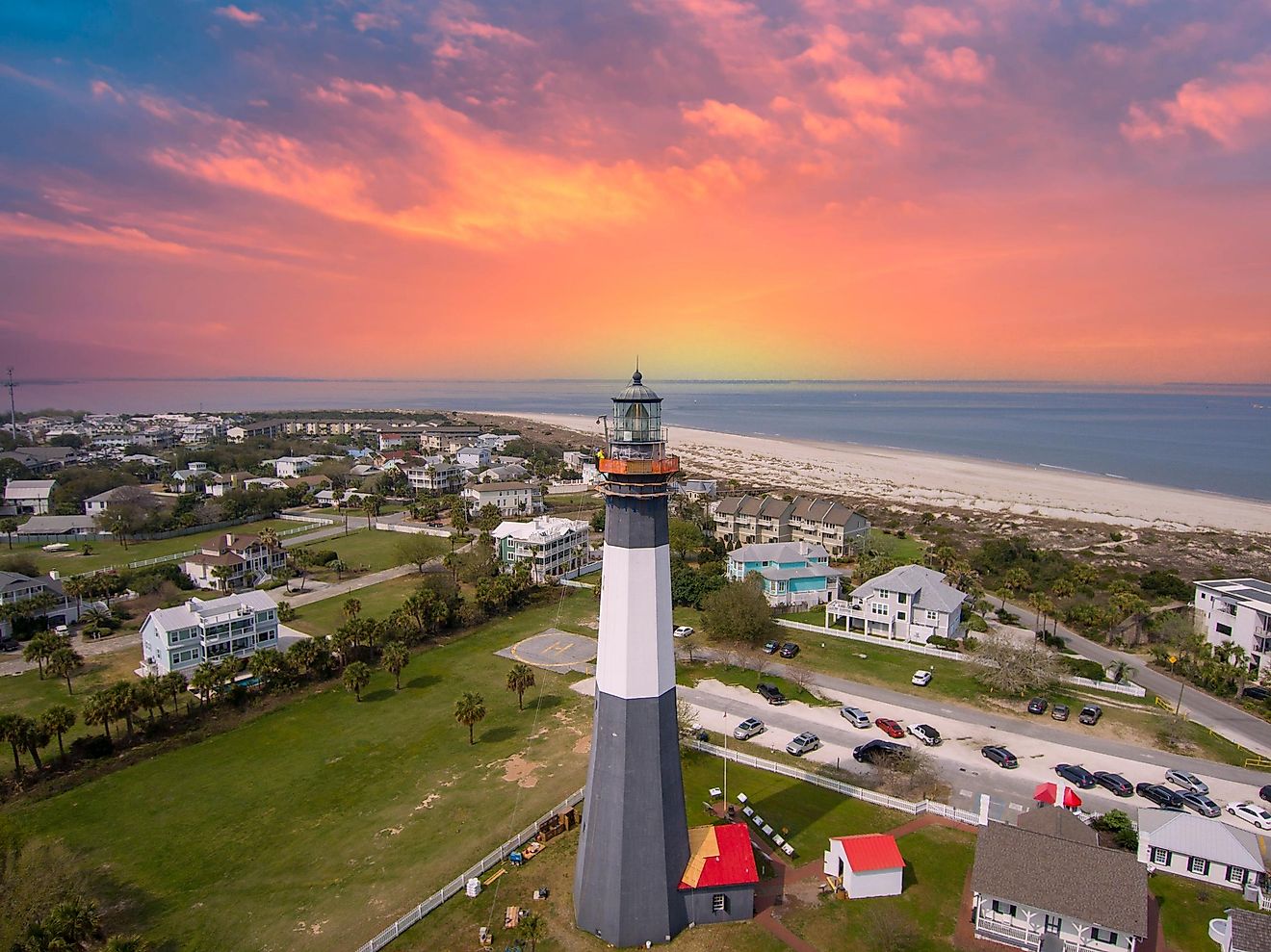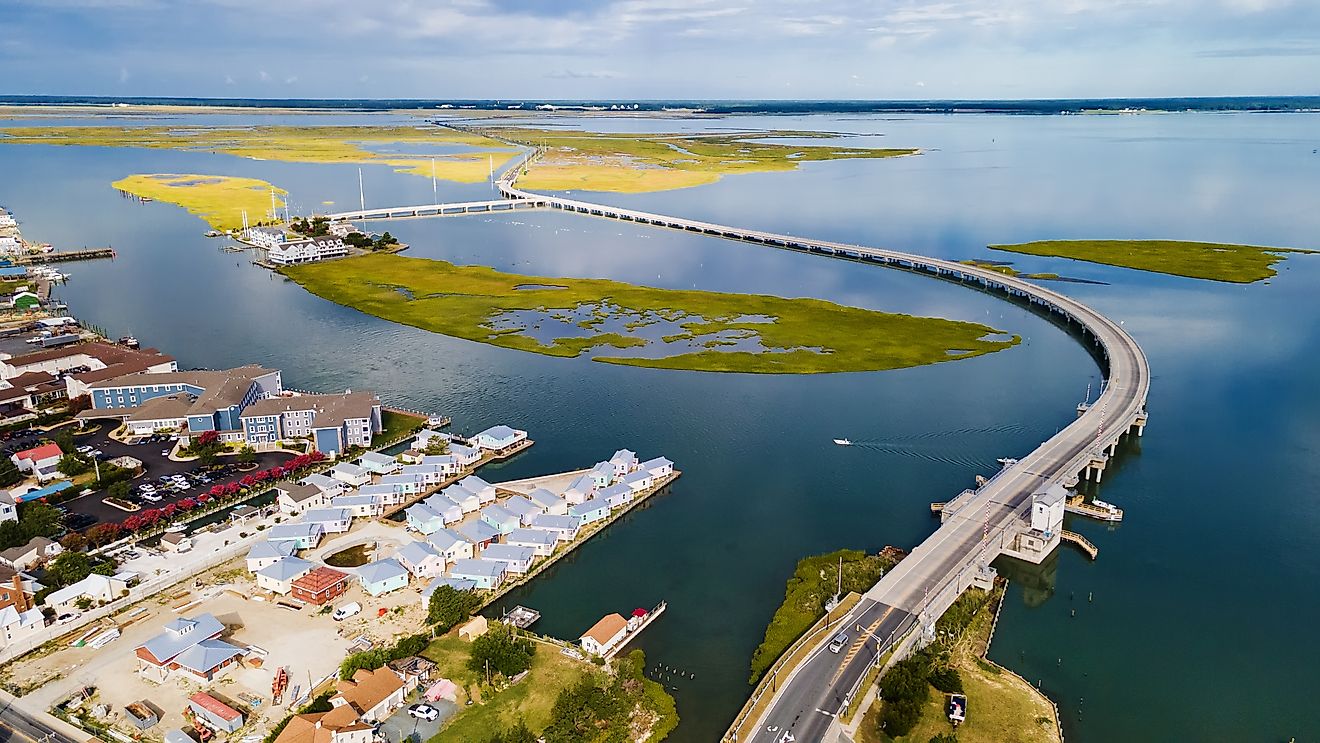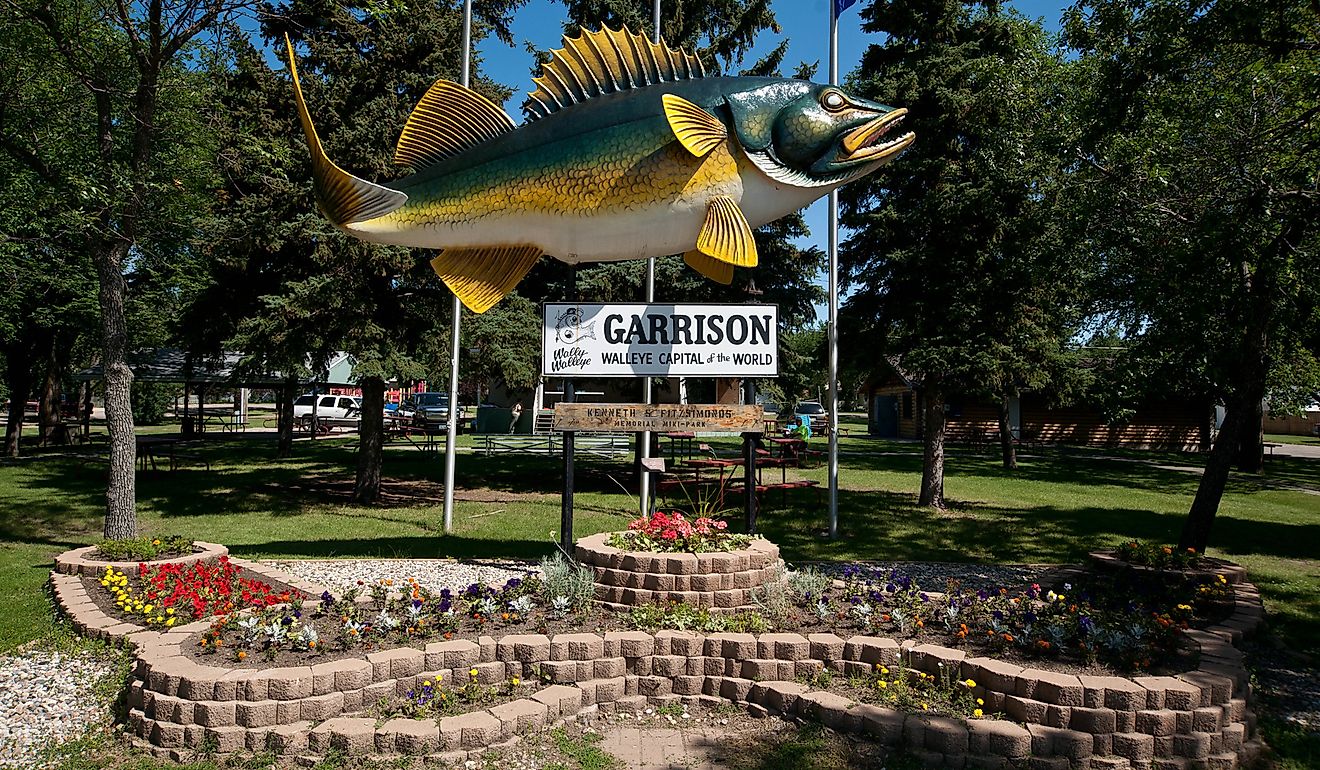
12 Prettiest Small Towns In New Hampshire
There’s something special about small towns, the quiet streets, old buildings, and the feeling that life moves a little slower. In New Hampshire, you’ll find all that and more. While the state is known for its big mountains and colorful fall leaves, it’s the small towns that truly shine. These places are full of charm, surrounded by forests, lakes, and rolling hills.
They’re the kind of towns you find by accident on a weekend drive and never want to leave. Whether you’re stopping for a homemade pie, walking along a quiet river, or chatting with a friendly local at a farmers’ market, these towns feel like home, even if just for a day. Here are some of the prettiest small towns in New Hampshire. Each one is a good reason to slow down, explore, and enjoy the quieter side of the state.
Hanover
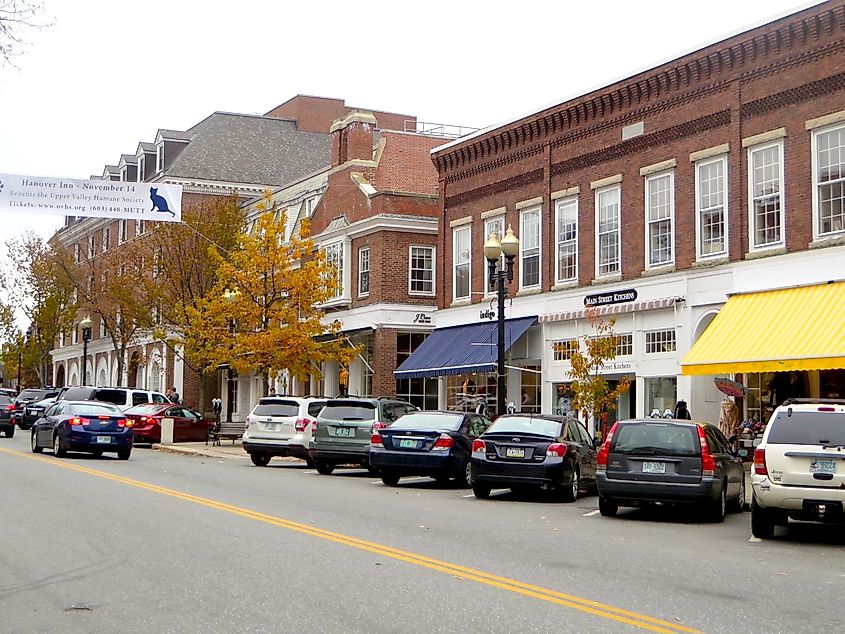
Hanover was chartered in 1761 and settled by families from Connecticut. It grew as an agricultural town, but the founding of Dartmouth College in 1769 gave it a lasting identity. The college still shapes much of Hanover’s vibe today.
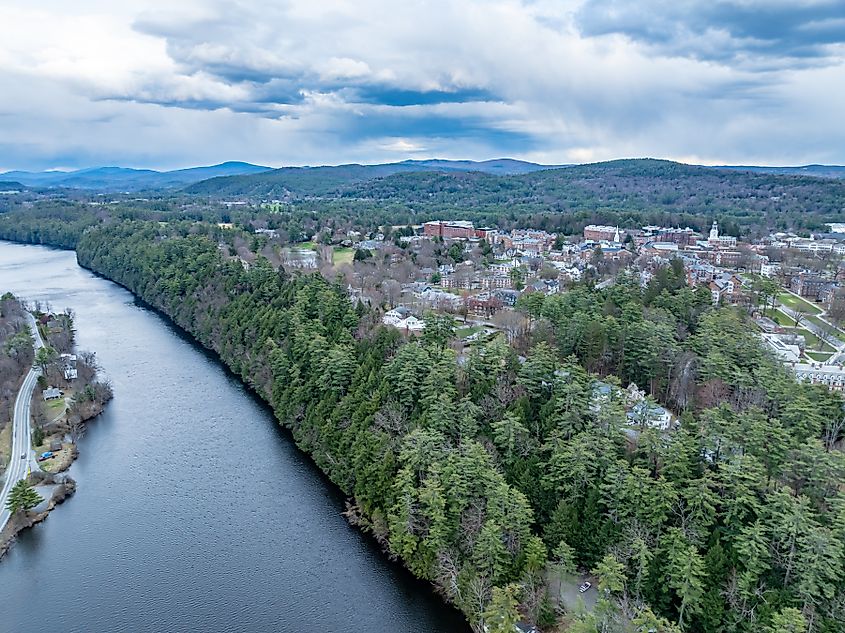
Set along the Connecticut River and surrounded by wooded hills, the town is both peaceful and lively. In fall, the trees explode with color, and the Appalachian Trail passes right through town. In summer, the river is perfect for kayaking or canoeing. Downtown Hanover has a walkable, relaxed feel, with cozy bookstores, local cafés, and small shops.
Sugar Hill
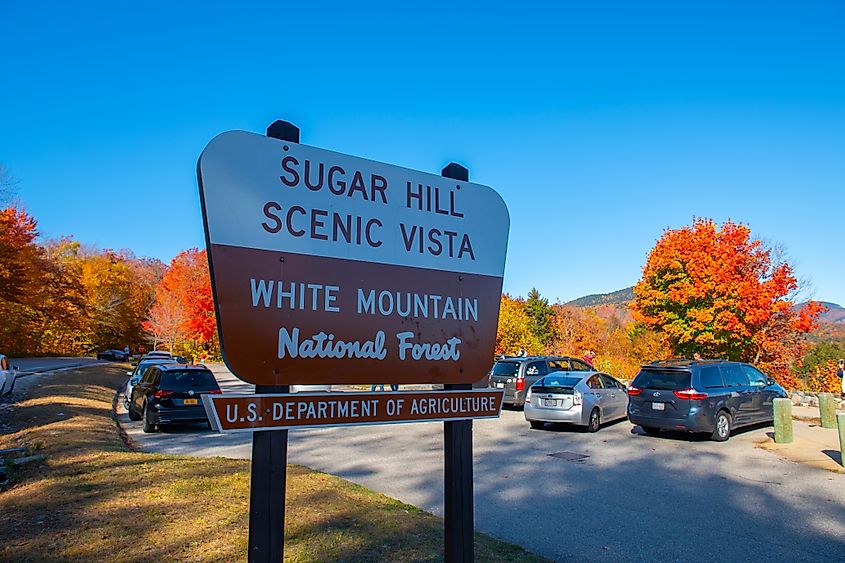
Sugar Hill is a tiny town with fewer than 700 people, located near Franconia in the western White Mountains. You might miss it while driving up I-93, but this small town packs a punch. It became New Hampshire’s newest incorporated town in 1962 after splitting from Lisbon. Named for its sugar maple trees, Sugar Hill was once a popular Victorian resort town, drawing artists and wealthy visitors in the 1800s.
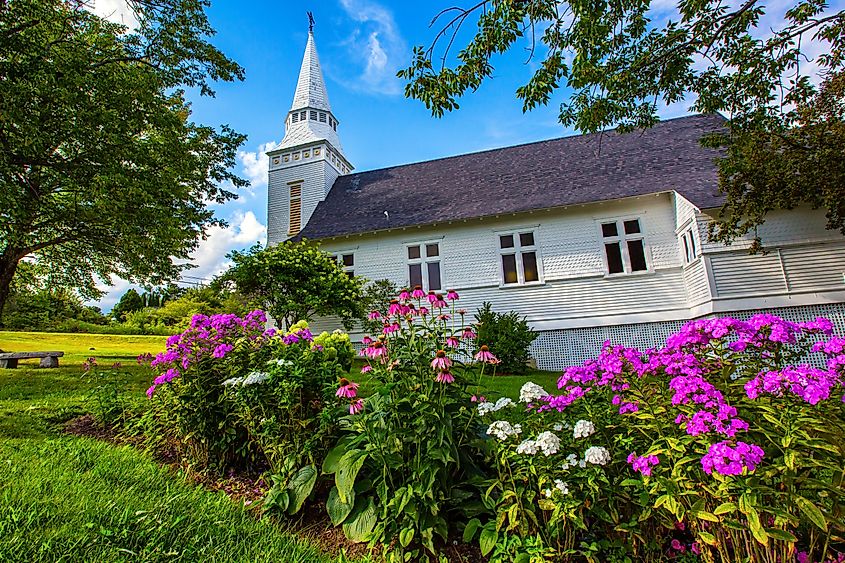
Today, it still draws travelers looking for peaceful mountain views and local charm. In June, the fields bloom with purple lupines during the annual Lupine Festival. Polly’s Pancake Parlor, a local favorite and James Beard Award winner, is a must-visit. Harman’s Cheese & Country Store and seasonal festivals also bring life to this quiet town.
Jackson
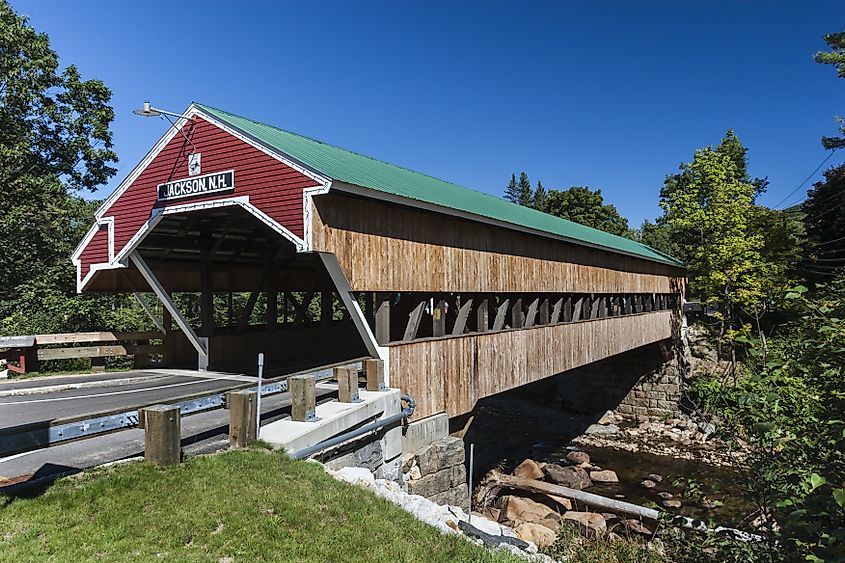
Jackson looks like it belongs in a storybook, with its covered bridges, mountain views, and quiet streets. The most famous spot is the Honeymoon Bridge, a red wooden bridge that’s been photographed more times than anyone can count. In winter, Jackson turns into a snowy playground with cross-country ski trails. In fall, the trees around town light up with bright oranges and reds.
The area’s history goes back to 1772 when a road was built through Pinkham Notch. The first settlers arrived in 1778, including Benjamin Copp and his family. The town was originally called New Madbury by settlers from Madbury, New Hampshire. When it was officially incorporated in 1800, it was named Adams, after President John Adams. In 1829, the name was changed to Jackson, and it’s stayed that way ever since.
Littleton
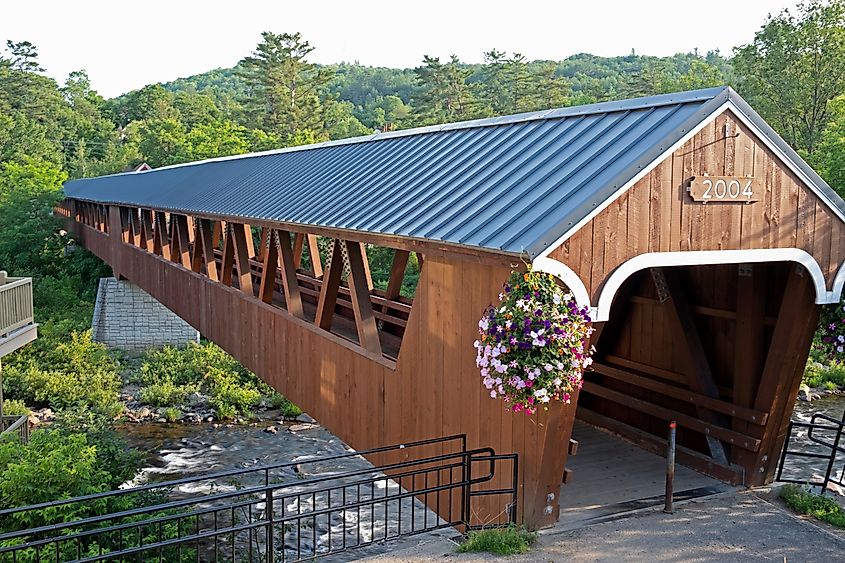
Littleton is a small town in northern New Hampshire that grew along the Ammonoosuc River. In the 1760s, settlers arrived with land grants and built mills powered by the river’s strong flow. These mills led to tanneries and factories, helping the town grow into a local center of trade and work. Today, Littleton still feels lively and historic.
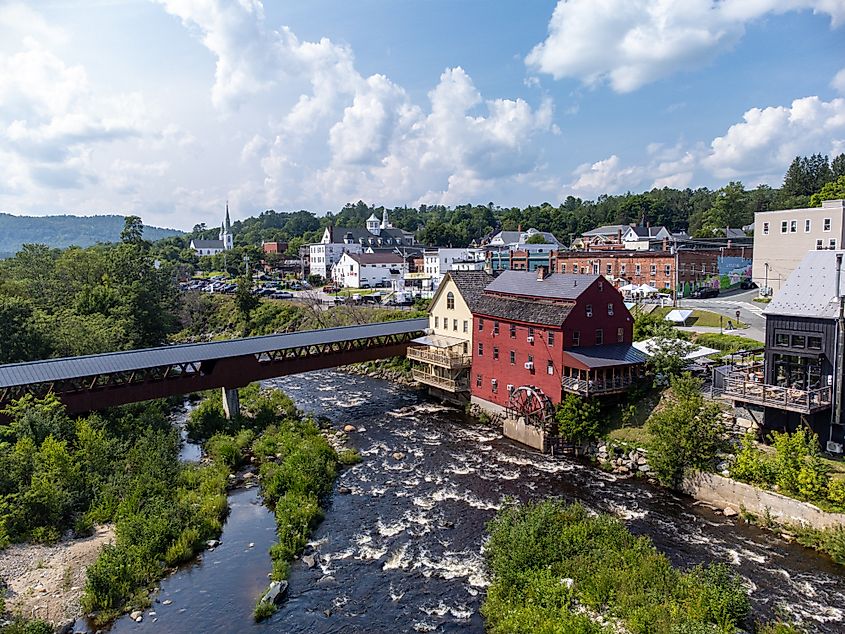
Main Street is easy to walk and is home to the famous Chutters candy counter with the world’s longest candy counter. There’s a statue of Pollyanna, created by local author Eleanor H. Porter, that adds to the cheerful vibe. A covered bridge crosses the river right in town. Nearby, you can hike in the White Mountains or visit Franconia Notch.
Meredith
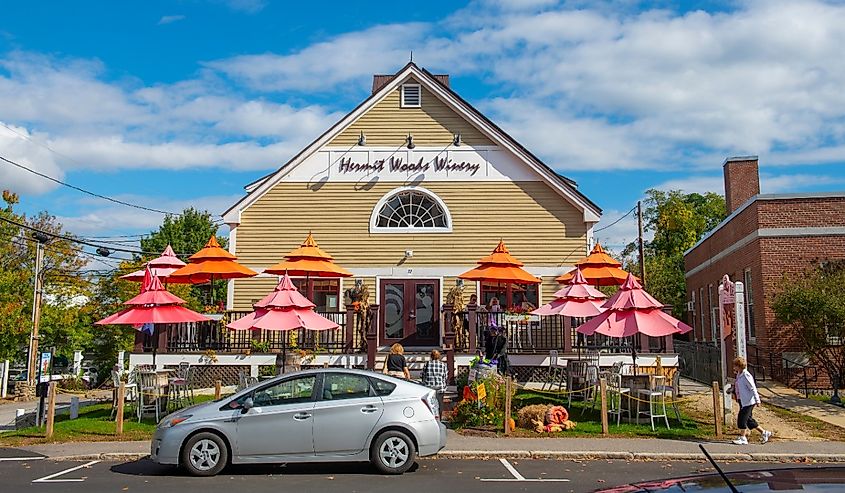
Meredith sits on the northern shore of Lake Winnipesaukee, known for calm water views and a peaceful atmosphere. The town began in 1748 when 62 colonists were granted the land by wealthy landowners known as the Masonian Proprietors. Settlers arrived in 1763, and in 1768, the area was named Meredith after Sir William Meredith of the English Parliament.
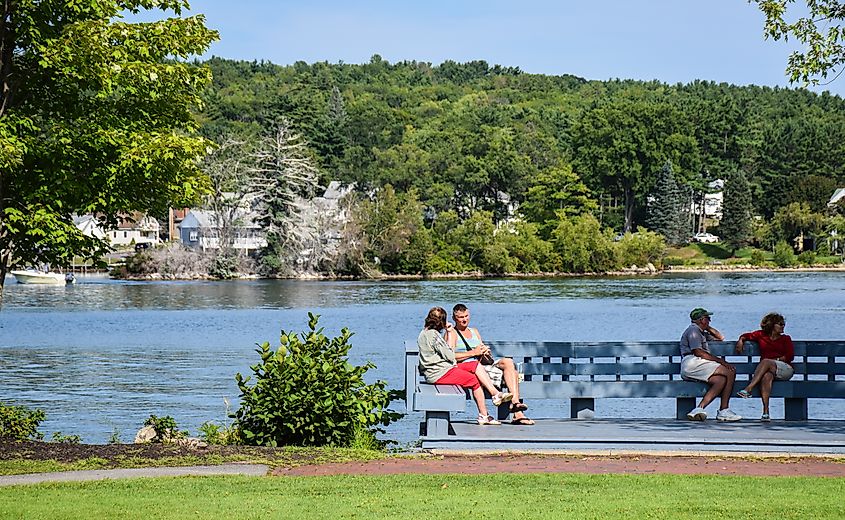
Starting in the 1880s, tourists began to visit more often. The railroad and, later, the automobile made it easier to reach. Soon, summer camps popped up around the lake and on nearby islands. The town’s historic mill buildings are now shops and galleries. Meredith is great all year, boating in summer, fall foliage in autumn, and snow in winter.
Peterborough
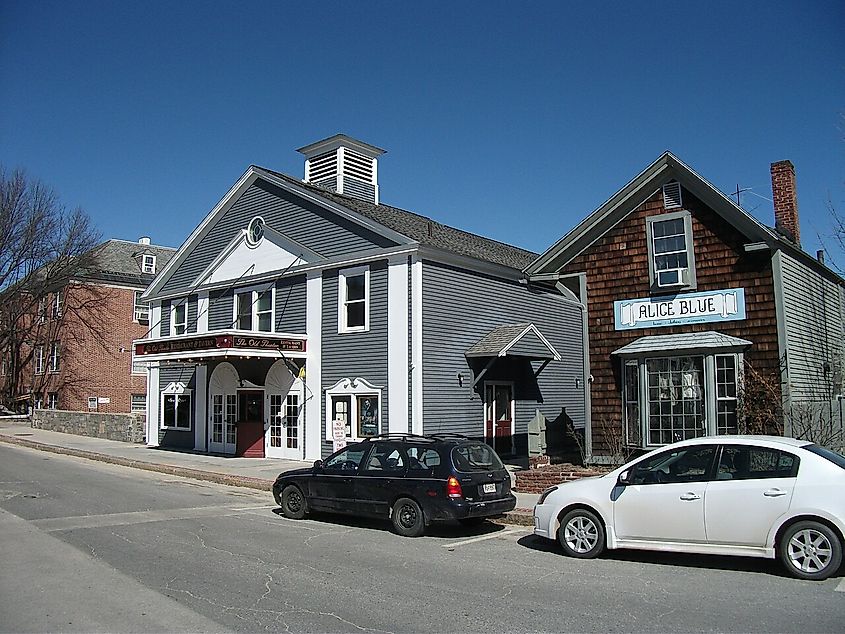
Peterborough, granted in 1737 and settled in the mid-1700s, began as a farming town before cotton textiles arrived in 1809. By the mid-1800s, it was a bustling community with shops, a butcher, a blacksmith, and even a jeweler. The “Great Bridge,” built in 1755, once connected Main Street to the town’s only grist mill and stood for nearly 200 years.
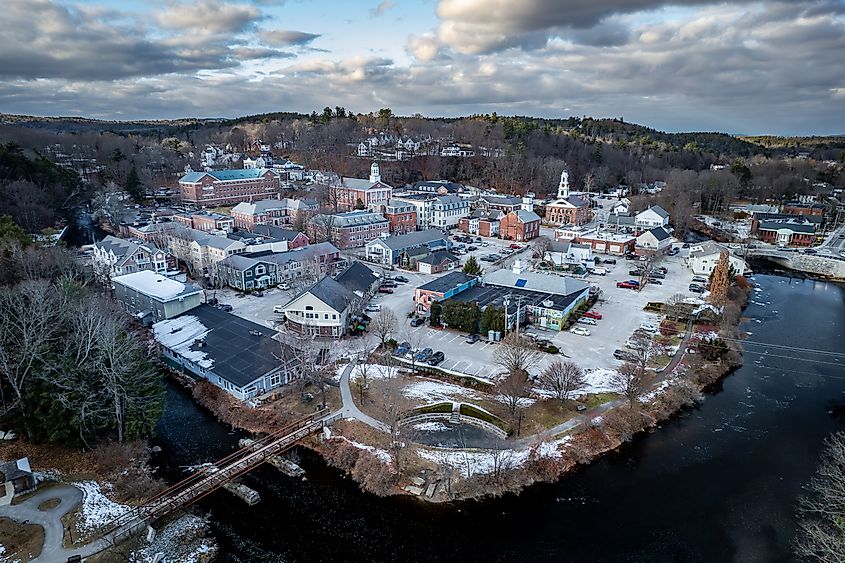
In 1842, a Baptist church was built at 26 Main Street, which was later rebuilt as the Mariposa Museum after a fire in 1999. Peterborough also started the country’s first free tax-supported public library in 1833. Its current library building was completed in 1892. Roy’s Market has been a downtown staple since 1961. Today, Peterborough is known for its antique shops like Twin Elm Farm and Grove & Main Antiques, local food at Divine On Main and Harlow’s Pub, scenic beauty, and the Toadstool Bookshop.
New Castle
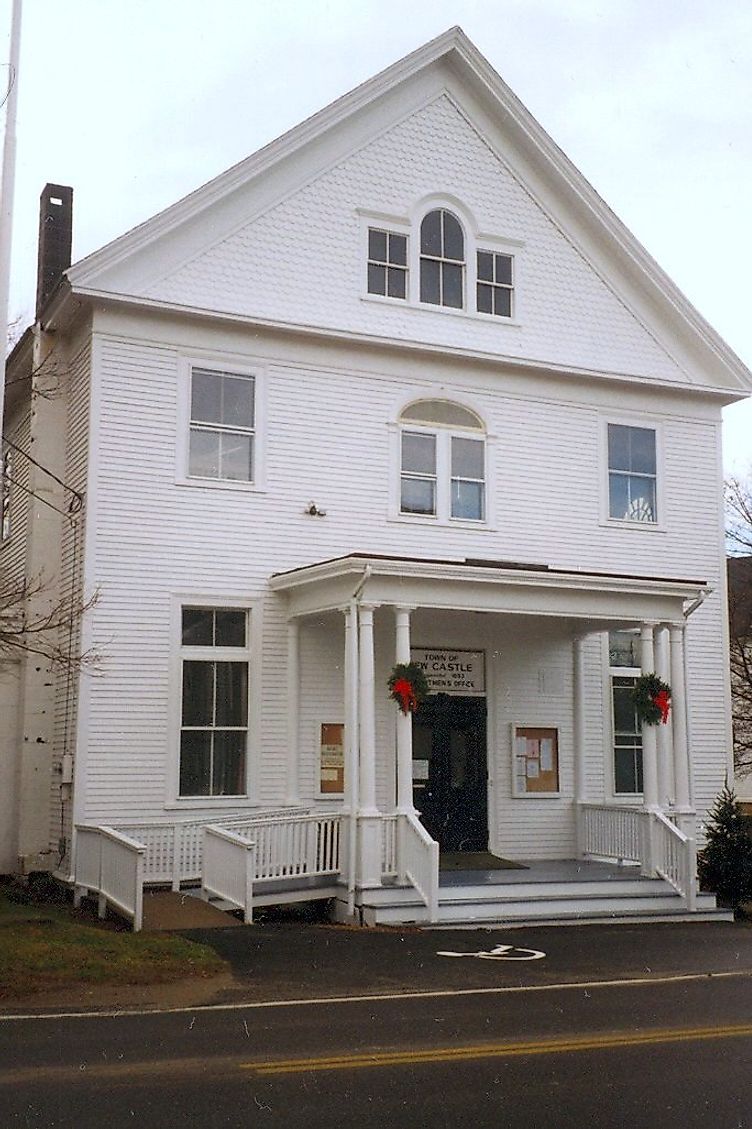
New Castle is a tiny coastal town near Portsmouth, made up entirely of islands. Covering just 500 acres, it’s the smallest town in New Hampshire by land area. Settled in 1623 and incorporated in 1693, it has a long history tied to the sea. Today, a little under 1,000 people live here, surrounded by quiet beaches, scenic drives, and old clapboard homes.
Fort Constitution and Fort Stark are popular spots for walking and soaking in the ocean views. The town is also home to the Great Island Common, a waterfront park perfect for picnics and family outings, and the historic Wentworth-by-the-Sea Hotel and Spa. The UNH marine lab and a Coast Guard station also sit here, adding to its working harbor feel.
Franconia
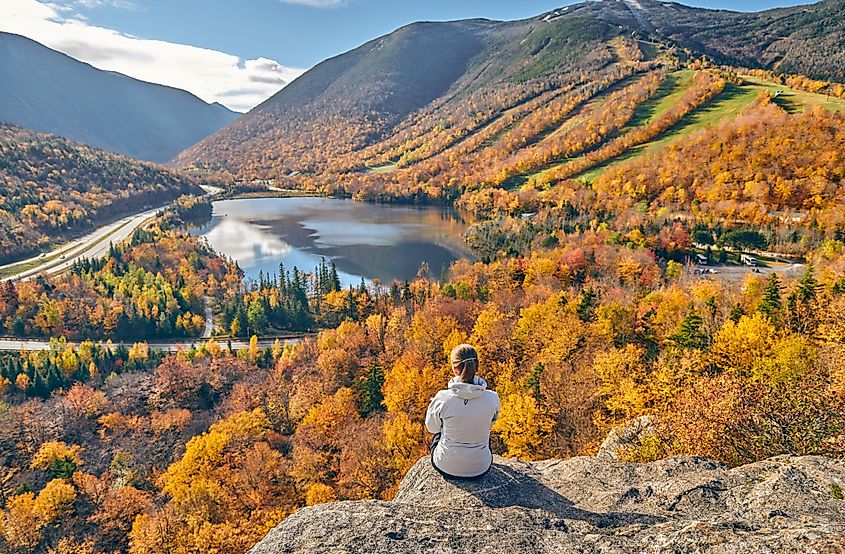
Franconia, first settled in 1764, is a small town with deep roots in New Hampshire’s history. It was once an industrial hub, with mills and factories along the Gale River. The town gets its name from the Franconian wine region in Germany.
One of its most notable landmarks is the Franconia Iron Furnace, built in 1805, which produced pig iron for tools and stoves. You can still visit the ruins today at the Franconia Heritage Museum. Franconia is also known for its natural beauty. It's right near Franconia Notch State Park, where you’ll find scenic hikes and waterfalls.
Exeter
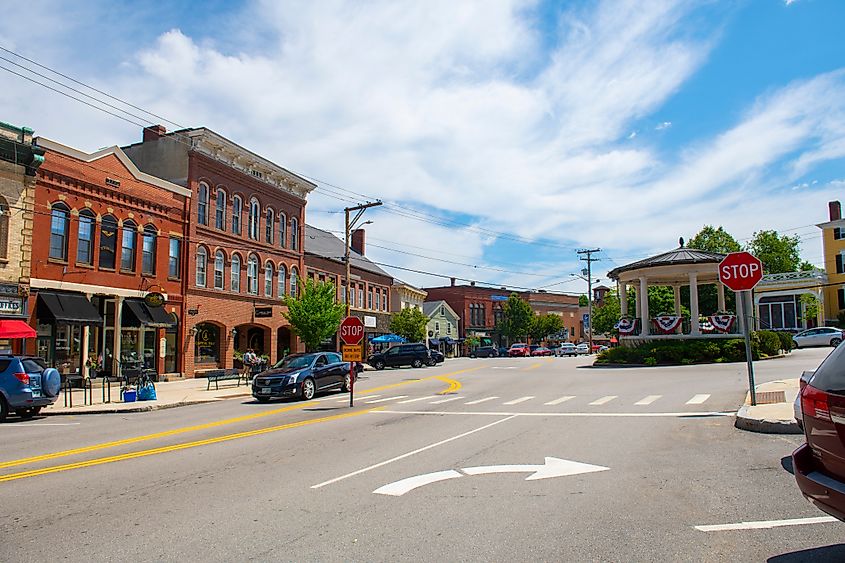
Exeter is one of New Hampshire’s oldest towns, founded in 1638, more than 130 years before the American Revolution. It’s known for its colonial history, tree-lined streets, and a peaceful river that runs through the center of town. Before it became Exeter, the Abenaki people called it “M’Squamskook,” meaning “Falls at the Place of the Salmon.”

The area was once a thick forest of white pine and red oak, with marshes, meadows, and a stream that flowed into the Atlantic. Each year, salmon and alewife swam up the Squamscott River to spawn at the falls. Today, you can still walk along the riverbanks, explore downtown, and see historic homes that have stood for centuries.
Harrisville

Harrisville is a small town surrounded by forests and lakes, with beautiful views in every season. It looks much like it did in the 1800s, with red brick mills, waterwheels, and quiet roads. Unlike other mill towns, Harrisville has kept its original layout and buildings. For 150 years, textile mills powered the local economy.
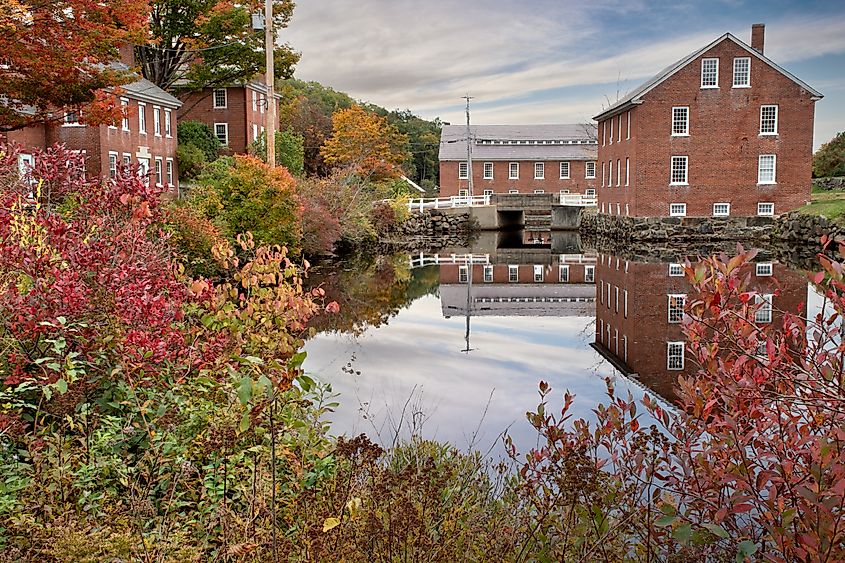
When the mills shut down in 1970, locals and preservationists worked together to save the town through a group called Historic Harrisville, Inc. Today, those old mill buildings are home to artists, small businesses, a daycare, a post office, and affordable housing. The town still feels peaceful and historic, like stepping back in time. You can hike nearby trails or visit the Harrisville General Store, which is the heart of the town.
Sandwich
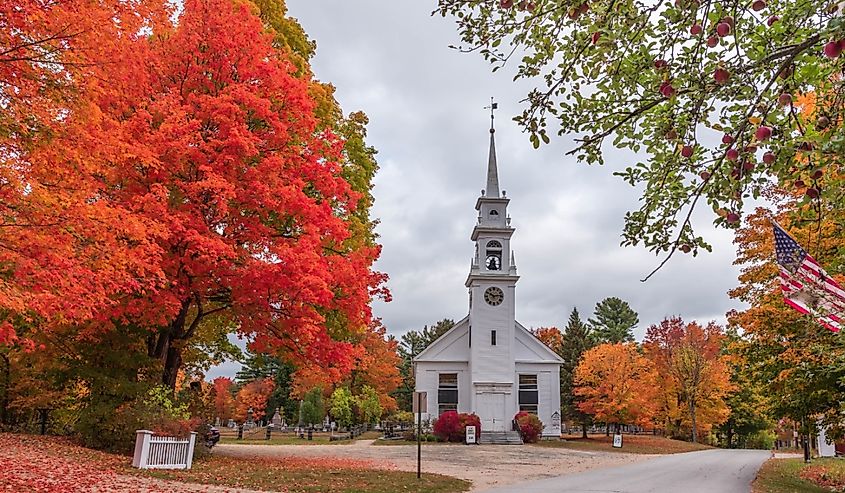
Sandwich is a quiet town with views of the White Mountains and peaceful country roads. It’s known for its historic homes, red barns, and colonial buildings that line the streets. The town sits near Squam Lake, and there are plenty of hiking trails and scenic drives nearby. Sandwich hosts the Sandwich Fair every fall, a tradition that has been going strong for over 100 years. The town was named after John Montagu, the 4th Earl of Sandwich, yes, the one the sandwich is named after.
By 1830, the population peaked at around 2,700, with farms, stores, schools, churches, and tradespeople keeping the town busy. The picture-perfect village seen today reflects that 19th-century history. By the late 1800s, many residents moved to bigger cities, but Sandwich soon became popular with visitors, summer families, and artists. That quiet, creative energy still lingers in town today.
Hebron

Hebron is a quiet lakeside town formed in 1791 from parts of the old township of Cockermouth and West Plymouth. It's tucked along the northern shore of Newfound Lake, one of the cleanest lakes in the United States. The lake is the star of the town, perfect for swimming, kayaking, or just relaxing by the water.
Wellington State Park is nearby and has picnic areas, hiking trails, and beautiful views, especially at sunset. Hebron is home to classic white buildings and old cottages that give it a simple, peaceful charm. It’s especially pretty in the summer when the lake is busy with boats, or in the fall when the trees turn bright red and orange.
Big cities have their perks, but sometimes the best places are the quiet ones. The kind of towns where you hear the crunch of leaves under your boots, smell fresh coffee from a local café, and wave to strangers who actually wave back! These small towns in New Hampshire may not be loud or flashy, but they’re full of beauty, history, and heart. Whether you’re into lake views, mountain hikes, old buildings, or just slowing down for a day or two, each of these towns has something special.
